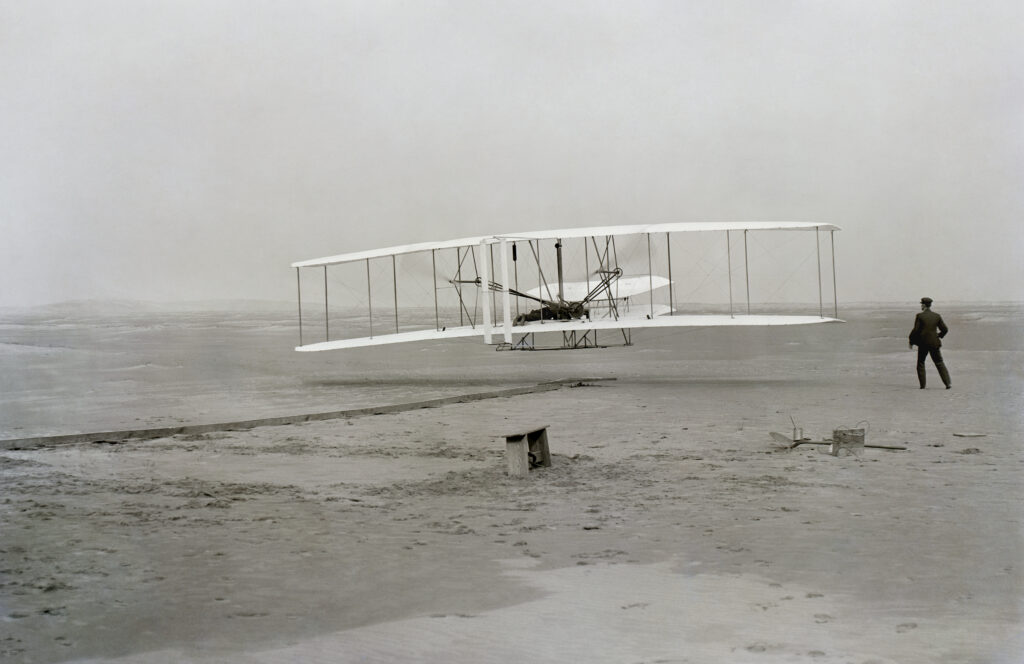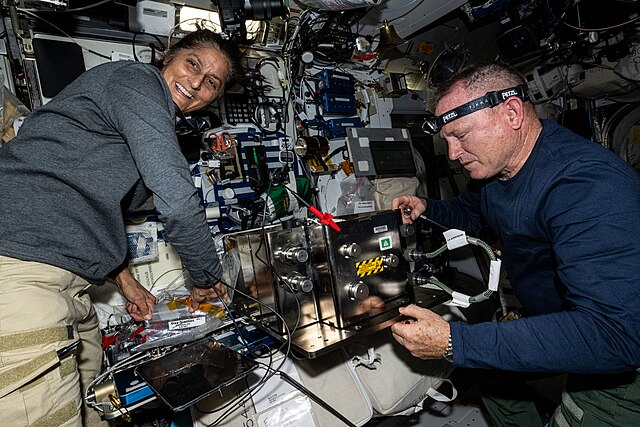The Birth of Navy Day
As we gather to commemorate Navy Day on October 27th, we reflect on the remarkable journey of the United States Navy, especially its aviation branch, from the early days of airships and blimps to the modern age of jets and warships. Established on October 27, 1922, in honor of Theodore Roosevelt’s birthday, Navy Day serves as an occasion to celebrate and acknowledge the past and present services of America’s Navy.
A Legacy Rooted in History
The history of the US Navy dates back to October 13, 1775. While John Adams and the rest of the New England delegation tried desperately to get the Continental Congress to approve the creation of a Continental Navy, their proposals sat with no action occurring. It wasn’t until a letter from General George Washington was read in Congress, stating that he had purchased three armed schooners to protect the New England Coast. Continental Navy ships such as USS Bonhomme Richard and USS Alliance, under the command of John Paul Jones and John Barry, captured over 200 British ships as prizes, and even raided the English coast.
On March 27, 1794, Congress passed the Naval Act of 1794, which is considered one of the most important events in the history of the US Navy. The Naval Act of 1794 authorized the construction of the six original frigates of the US Navy. The United States, Constellation, Constitution, Chesapeake, Congress, and President were designed to be able to overpower any comparable ship in the French or British Navy, and fast enough to escape larger, more powerful, vessels. These ships proved themselves during the First and Second Barbary Wars, the Quasi-War with France, as well as the War of 1812.
While the Navy proved itself during the American Civil War and the Spanish-American War, it wasn’t until Theodore Roosevelt, then Secretary of the Navy, made expanding and updating it a national priority. While the voyage of the Great White Fleet showed our naval strength, the adoption of the airplane in 1911 changed the Navy forever.
Crucial Role in Wars
During World War II, naval aviation played a pivotal role in American contributions to the Allied fight against the Axis powers. Carrier-borne aircraft decimated the Japanese Navy Air Service at the Battle of the Philippine Sea and wreaked havoc on its ships at Midway, and in the Leyte Gulf. Seaborne aircraft were used for convoy escort, for search and rescue and to hunt down and destroy enemy submarines.
Its significance in safeguarding the nation’s interests only continued to grow from there. Naval aviation played a significant role throughout the Korean and Vietnam Wars. Aircraft changed from propeller-driven to jet engines, and the fleet gained the ability to deploy nuclear weapons from the air.
Beyond Warfare: Space Exploration
The Navy’s contributions extend beyond warfare, playing a crucial role in space exploration. Navy personnel have served as Astronauts on space missions, and Navy ships have been used to recover astronauts at sea. Legendary figures like Alan Shephard, the first American in space, and Neil Armstrong, the first man on the moon, were Naval Aviators who saw combat during the Korean War.
The Navy’s Cultural Impact
Today, the Navy is not just a cornerstone of the U.S. military but also an integral part of American culture. The United States Naval Academy, established in 1845, has produced some of the nation’s brightest and most accomplished individuals, including President Jimmy Carter who graduated in 1946.
The Spectacular Blue Angels
One of the Navy’s most iconic contributions to American culture is the Blue Angels. Founded in 1946 by then Chief of Naval Operations, Fleet Admiral Chester Nimitz, this awe-inspiring exhibition team was established with the goal of keeping the public’s interest in naval aviation alive. Flying F/A- 18 Super Hornets, the Blue Angels continue mesmerizing audiences with their supersonic speeds and sizzling aerial stunts. They perform shows for nine months out of the year, captivating audiences across the nation.
In their most recent display of skill and precision, the Blue Angels graced the skies over McMinnville, Oregon, from September 29th to October 1st. This marked their return to the state of Oregon after an eight-year absence, leaving audiences in awe with of their breathtaking performances.
A Monumental Day
Navy Day is not just a time to celebrate the achievements of the U.S. Navy but also an opportunity to honor its remarkable journey, from its earliest days of naval aviation to its ongoing contributions to the nation and beyond. The Navy’s Legacy serves as a testament to the dedication, courage, and innovation of the men and women who have served and continue to serve in this indispensable branch of the U.S. military. On this special day, we pay tribute to the Navy’s enduring commitment to safeguarding our nation and shaping the course of history.




